According to the App Annie annual State of Mobile 2019 market report, members of Generation Z (young people aged 16-24) engage more on their mobile devices. On the average, they engage about 30% more often than people aged 25 and older. This gives more credence to the concerns of many older folks about the younger folks and their phones.
However, the report notes that Gen Z peeps are less addicted when it comes to games. Those that are 25 and older spend 75% more time each month in their most used games and access them 50% more often.
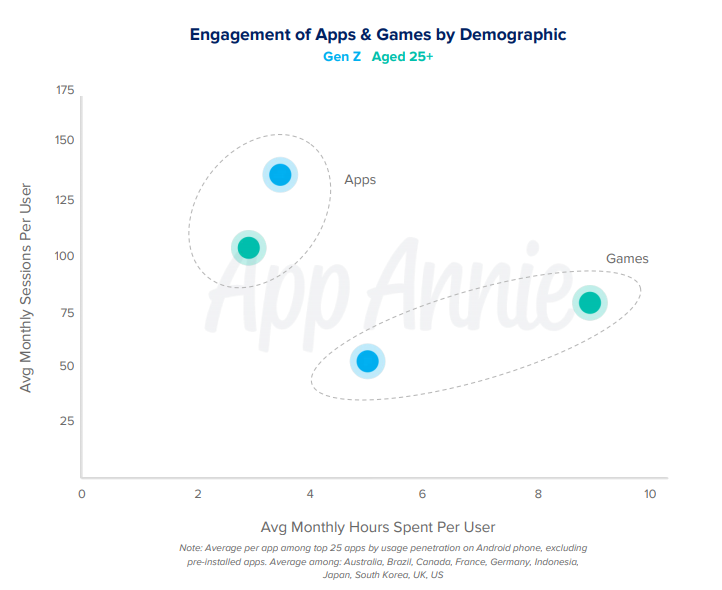

The App Annie annual State of Mobile 2019 market report was prepared by American Data and Insight company, App Annie. It explores how mobile has transformed every industry across the globe and become a mainstay of consumers’ daily routines.
The report shares some significant discoveries and I will share with you a couple of them. First, here is a good
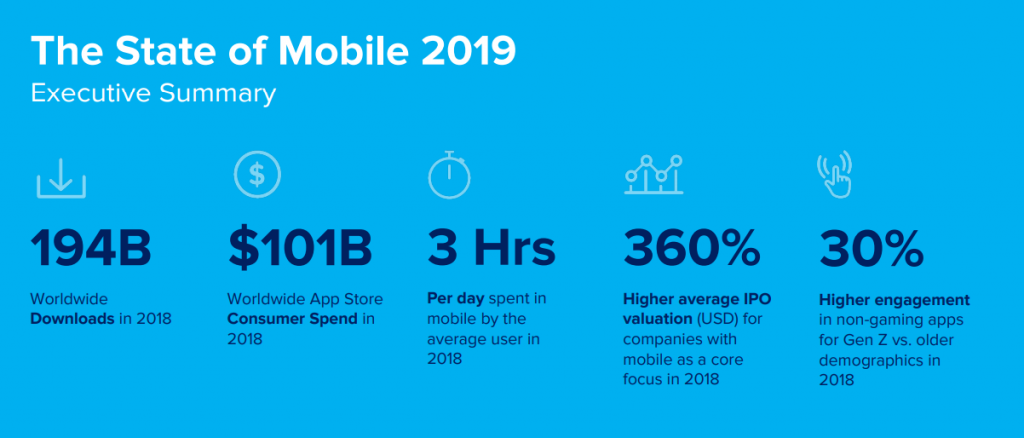

An Average Person Checks His Bank Account on Mobile Nearly Daily in 2018
According to the report, users in the UK checked their bank apps over 7 times a week, a reflection of the UK as a Finance hub. Their counterparts in Australia checked their bank apps nearly 10 times per week.
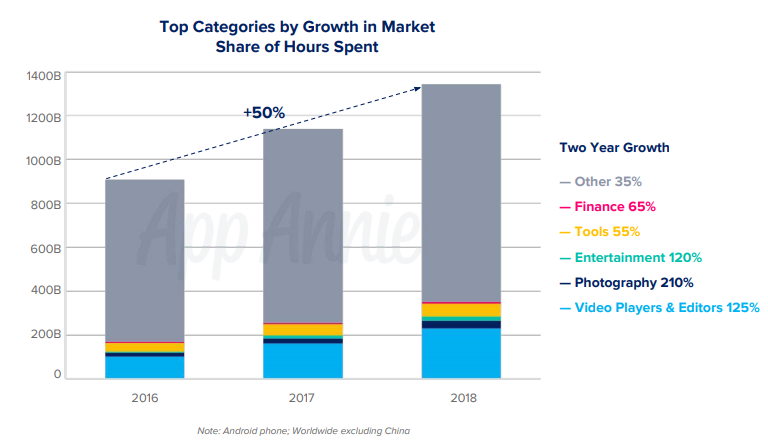

This trend may be fueled by a growing culture of peer-to-peer transfers within Fintech apps (banking, lending and savings app) and the possibility of using banking apps for other lifestyle payments (pay tv, mobile recharge etc.)
Time Spent in Top 5 Video Streaming Apps Went up 140% in 2018
Australia, India, Indonesia, South Korea and Thailand all saw over 140% growth in time spent in the top 5 video streaming apps in 2018 (compared with 2016).
This is an indication of consumption habits shifting from desktop and television to mobile as convenience trumps all, even the smaller screen size. The availability of affordable data have also contributed to the growing habit of video streaming, even in developing economies.
And speaking about streaming…
YouTube Dominates Globally for Time Spent, Except in China
YouTube was the #1 app by time spent in video streaming apps for all markets except China, for the third consecutive year (2016, 2017 and 2018). Globally, YouTube accounted for 9 of every 10 minutes spent in the top 5 video streaming apps in 2018.
YouTube Kids also ranked highly in Brazil, Canada and Australia.
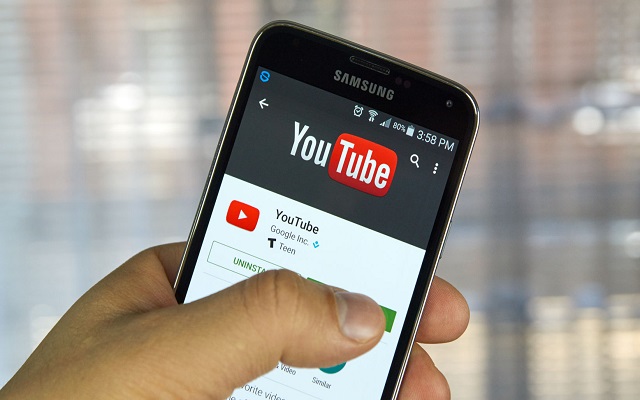

Game-streaming app Twitch, ranked in the top 5 by time spent in Canada, Brazil, US, Australia, South Korea and France — an indication of the growing popularity of mobile gaming and esports.
The report has more revelations about gaming and esports…
We all Love Candy Crush Saga!
Candy Crush Saga retained a stronghold as the most popular game app in 2018 (especially in Western markets).
Pokémon GO popularized location-based AR gaming in 2016, and two years later still remained one of the most used games in the world, especially owing to some new features like social gaming, peer-vs-peer trainer battling and events.
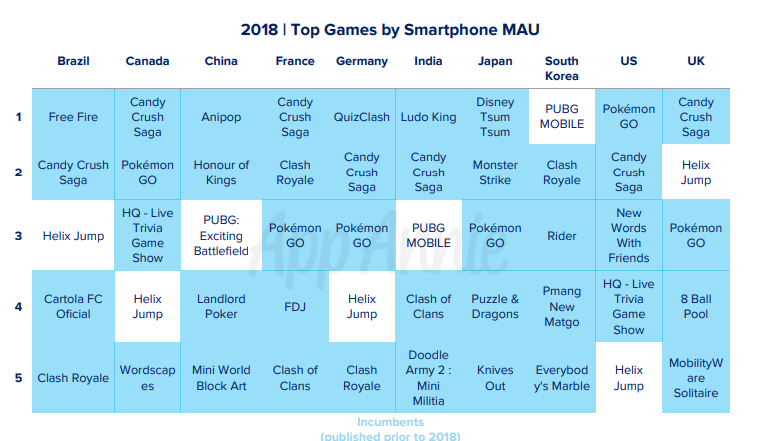

Newcomers like battle royale game, PUBG and hyper-casual game, Helix Jump impressively garnered large, global user bases in less than one year. For instance, HQ Trivia captivated North American audiences with live appointment gaming in 2018 in just one year of existence.
E-commerce is Still the Big Deal!
Despite the painful developments in Nigeria, numbers show that e-commerce is waxing strong across the globe. Time spent on shopping Apps Grew to 18 Billion Hours in 2018, up 45% From 2016.
The report showed that November 2018 marked the biggest mobile shopping month of all time by total time spent. Sessions grew 65% globally for over 2 years. In the US, mobile shopping grew by 70% over 2 years.
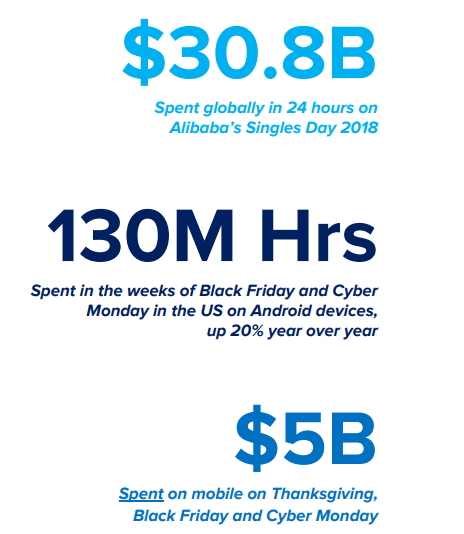

Globally, mobile is set to comprise nearly 75% of total e-commerce transactions by 2021.
Alibaba’s Singles’ Day brought in $30.8 billion in 24 hours on November 11, 2018, making it the biggest single e-commerce day in history.
Mobile was responsible for 34% of revenue on Black Friday and Cyber Monday — the latter day at 50% growth in total mobile revenue year
over year
WhatsApp Messenger dethroned Facebook by monthly active users 2018
WhatsApp Messenger topped the chart for per-user engagement in 2018, measured by average monthly sessions per user. Outside of WhatsApp Messenger, Snapchat is the most frequent chart-topper for per-user engagement in the markets analyzed.
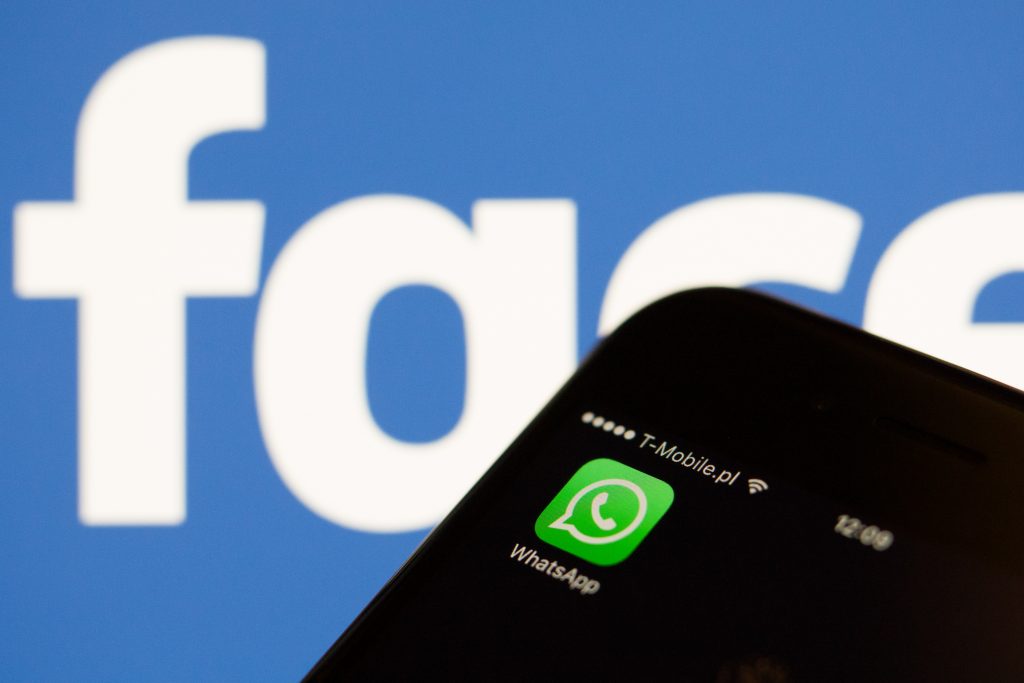

WhatsApp reached mainstream success by disrupting traditional telcos with a free alternative to standard services (free calls and messages, a simple user interface, ease of use to add contacts and encrypted messaging).
Also, Instagram saw the strongest global growth in its user base at 35% from January 2017 to Dec 2018.
Global App Store Consumer Spending Reached $101B in 2018, up 75% From 2016
This includes paid downloads, in-app purchases and in-app subscriptions. This figure doesn’t include transactions processed outside of the app stores (payments in apps such as Uber, Starbucks, Amazon etc).
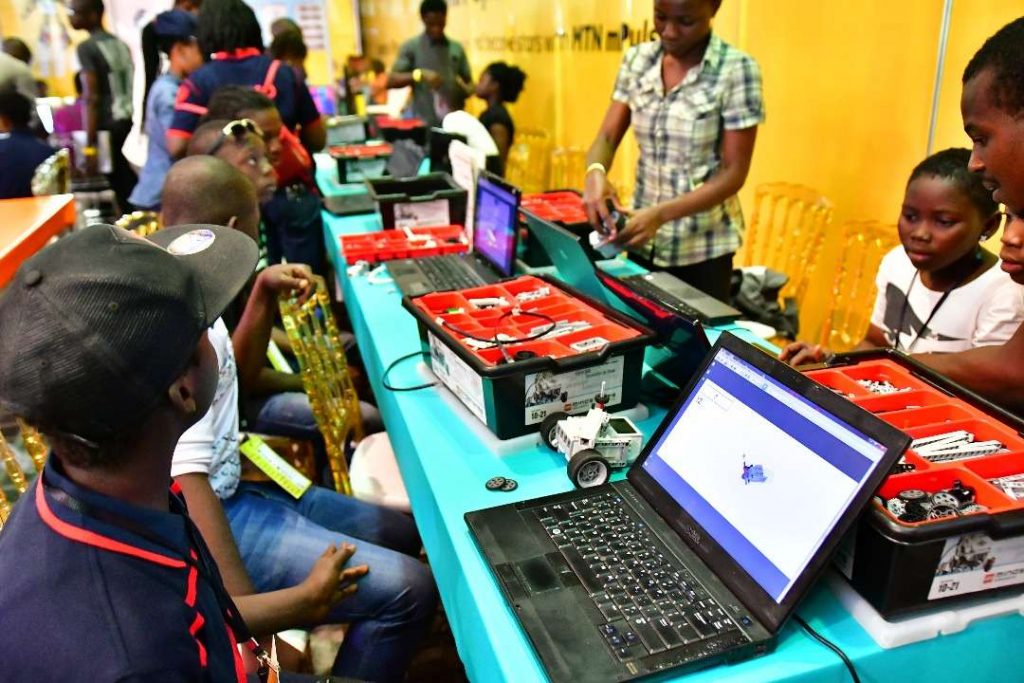

China accounted for nearly 40% of the total consumer spending in 2018. Globally, on a category level, games accounted for 74% of consumer spending in 2018.
Non-gaming apps only accounted for 26% of consumer spending. This means that we spent about $75 billion on gaming apps in 2018 alone!
In sum
Increasingly, apps are becoming a regular feature of our daily lives. That the world has downloads apps about 194 billion time so far (an annual increase of 35%) indicates that mobile is today and the future.
The question that is worth asking is how much of our lives have been buried within these objects of experience and how safe is the future generation?
The more poignant question is how is the African continent taking its place in the scheme of things?






